AI's Impact on eCommerce: 5 Standout Examples and Use Cases
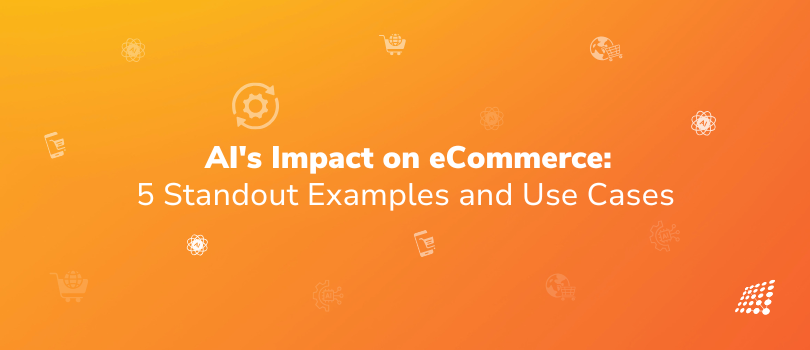
AI is making its mark on your local shopping scene, and it’s kind of wild to think about. Did you ever imagine your online store being sharp enough to guess what your customers might want to buy next? And yet, it’s happening. Online retailers using WooCommerce are soon realizing that offering personalized shopping isn’t just a nice perk anymore; it’s more like a must-have. Why? Online shoppers want custom recommendations. Also, keeping track of stock is getting trickier by the day, and marketing efforts need to be super precise to actually work. At the same time, competitors are using advanced technologies, setting new expectations for customer experiences.
This is where AI steps in to shake things up. It’s changing the game in retail and e-commerce with features like smart product suggestions, voice-activated shopping help, tailored shopping experiences, robots that can pick items in warehouses, facial recognition for payments, anti-counterfeit solutions, and beyond. In this piece, we’ll dive into some top-notch examples of AI in eCommerce, sharing real-world stories that showcase how using AI can really give your business a boost.
How AI is Changing the eCommerce Landscape

- Automation and Cost Reduction
AI tools streamline and automate tasks, which helps cut costs and takes over functions previously handled by people. This shift is reshaping numerous e-commerce businesses.
- Customer Interaction
- AI is changing how shoppers engage with retailers through intelligent technology that can converse using machine learning.
- Familiar tools like chatbots answer consumer questions with a set of pre-programmed responses. They might not fully replace customer service reps, but they lessen the need for direct human contact.
- AI voice recognition software improves interactions by allowing for listening and dictation, enhancing user experience, and speeding up the handling of customer queries.
- Other AI applications include personalized content creation and product recommendations, which we'll explore through examples later on.
- Data Analysis
- AI algorithms can quickly and accurately analyze vast amounts of data, far faster than a person ever could.
- This leads to streamlined reporting and predictive sales forecasting, better insights into diverse customer segments, and a refined strategy based on customer behavior.
- By analyzing data, e-commerce businesses discover valuable insights that inform decisions around stock management, marketing budgets, and new market opportunities.
- Content Creation
- Regardless of industry, AI helps produce a variety of content.
- Even though clear prompts and human review are crucial for refining AI-generated material, these tools provide quick and effective solutions for different content needs.
- Retailers utilize AI content tools for tasks like writing SEO content, creating product titles and descriptions, generating ad copy, and crafting organic social media content.
- General Operations
- AI supports various business operations, including using robots in warehouses for sorting, building, and packing products.
- Visual recognition technology helps combat counterfeiting, while dynamic pricing tools adjust prices in real-time based on competitors, costs, and demand.
- As AI continues to evolve with new tools, retailers must adapt to find solutions that fit their specific needs in the ever-changing landscape.
Examples of AI in E-Commerce
Image recognition
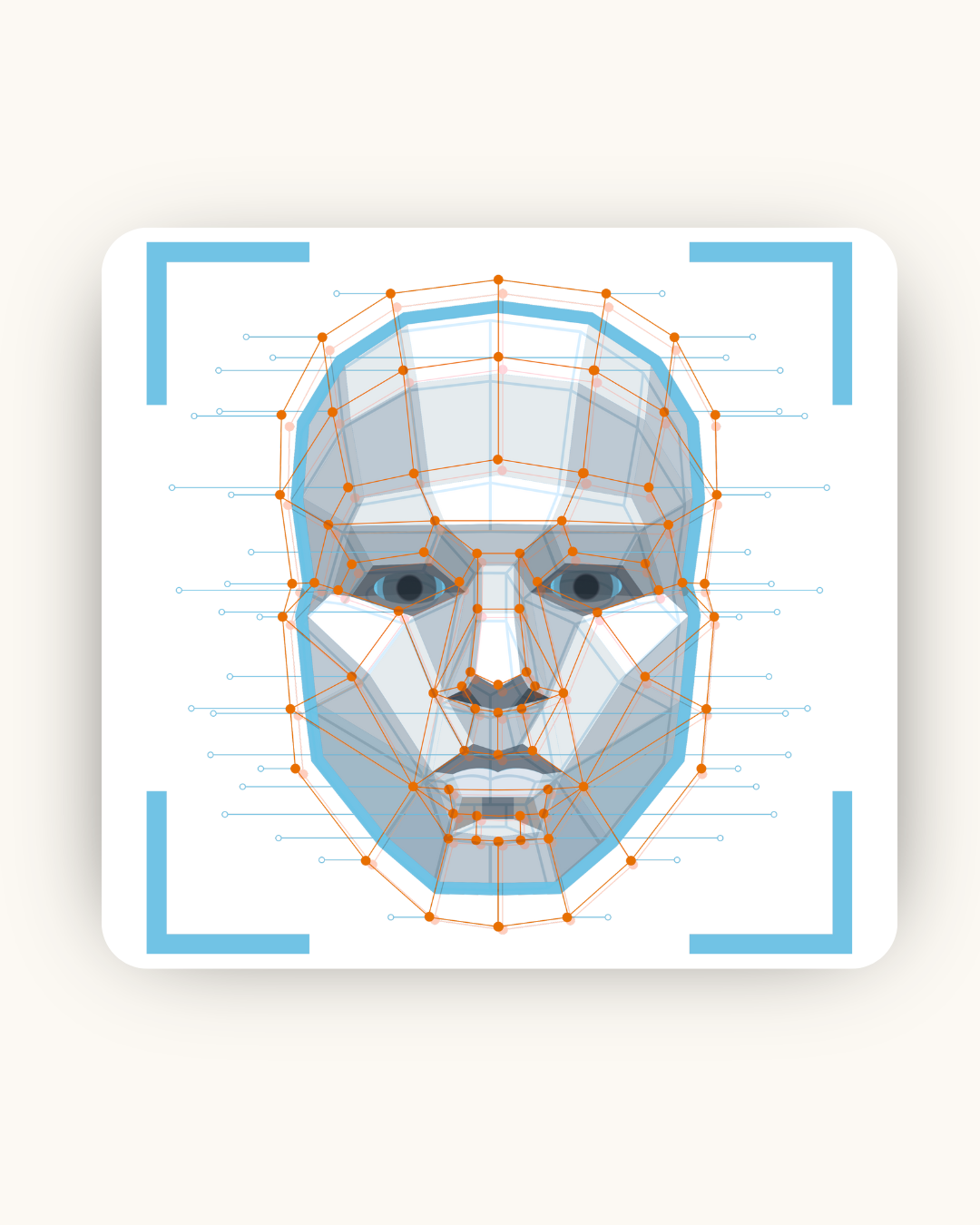
Image recognition and tagging are the most widely used AI examples in eCommerce, and for good reason. You can use AI tools to analyze images shared by users, so they can provide product suggestions that remind you of the image you've provided.
Take Pinterest, for instance, one of the most widely known names in social networking, which does a solid job with image recognition. You can click on an item displayed in a photo and let image recognition software hunt for similar stuff. This feature is super useful for shoppers, as it allows them to find and buy things they’re curious about, even if they’re not quite sure where to track them down.
For instance, someone could snap a picture of a green chair in their living room, and with that image, they could find and compare chairs from various retailers, buying the one they fancy the most.
Then there’s Google Lens, another handy tool that relies on image recognition to let online buyers search with pictures instead of just words. Whether you upload an image or snap a fresh photo, Google Lens can help dig up similar images, much like Pinterest does.
Pricing Optimization

These days, e-commerce businesses are using AI-driven tools to fine-tune their product pricing. These handy pricing tools automatically tweak prices based on various instant factors—like what competitors are charging, shifts in production expenses, and what shoppers are looking for.
So, picture this: if a rival suddenly slashes their prices on a similar product, AI tools catch on and respond by dropping your prices too, making sure you don't miss out on any potential sales.
There are also AI gadgets that make limited-time promotions pop up for consumers who seem pretty interested. These tools analyze data and online habits to figure out who gets a promo and when.
Overall, pricing optimization is just another cool way AI helps retailers stay on their toes and ramp up sales.
Inventory Management
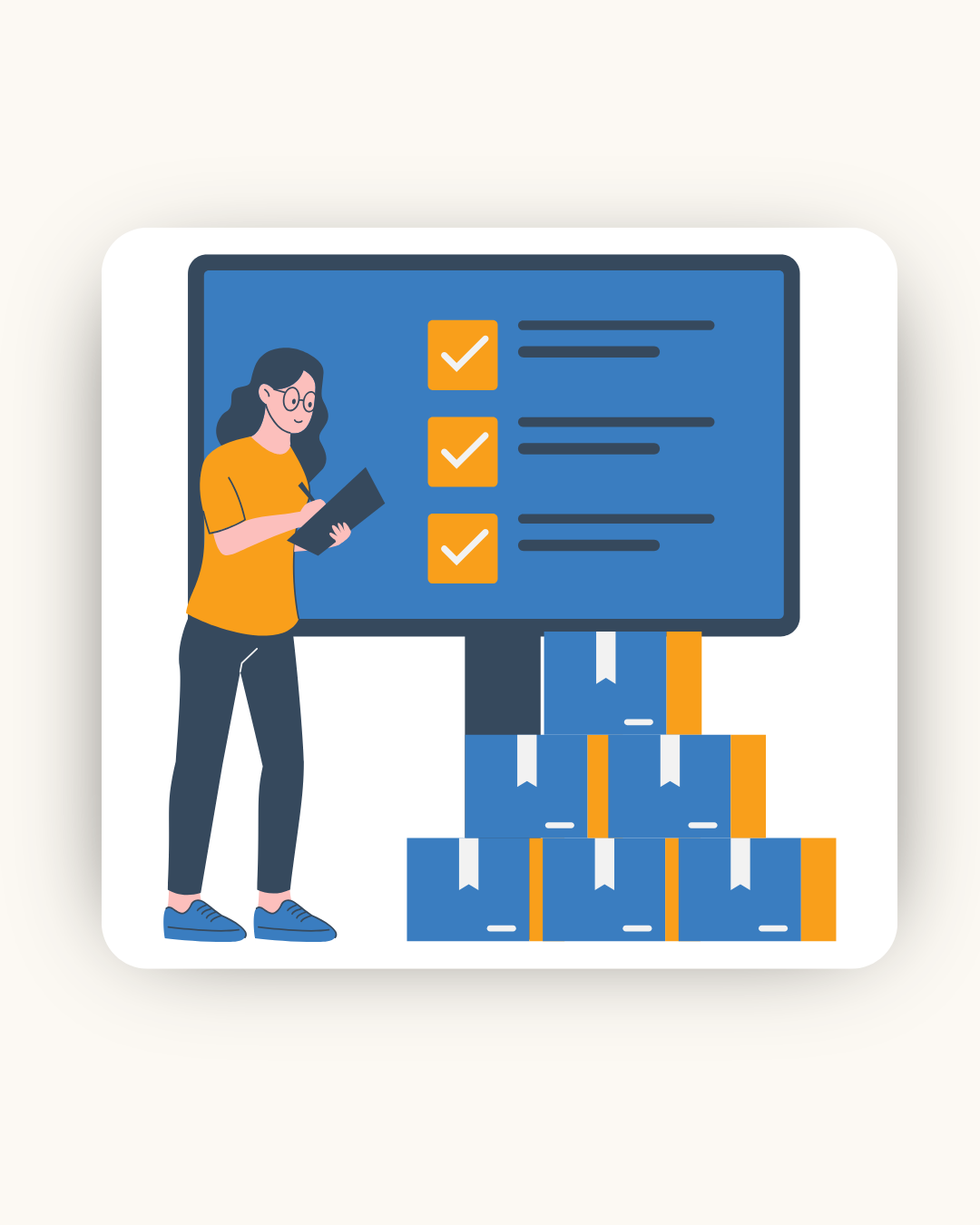
The next example of AI in eCommerce is a bit futuristic. Retailers are tapping into AI for inventory management, keeping tabs on stock levels in real-time, whether we're talking raw materials or finished products. They achieve this with robots and clever image recognition tech.
Speaking of robots, these machines can really help boost the productivity of an e-commerce operation by automating distribution and supply chain tasks. Pairing robots with human workers in the distribution process allows for some heavy lifting and speeds things up all around.
For instance, Teikametrics is a big player in helping retailers navigate the advertising scene in the online marketplace with their management services. Their Flywheel 2.0 platform, which is powered by AI, offers retailers the tools to build and oversee ad campaigns, automate SEO growth, and keep an eye on inventory insights.
The company has played a significant role in advertising for brands on platforms like Amazon and Walmart.
Customer Service Chatbots

Chatbots are pretty impressive customer service helpers that rely on conversational AI, like natural language processing (NLP), to grasp customer questions and provide quick, effective answers.
They're fantastic for handling inquiries, benefiting retailers by being available around the clock, dealing with everyday tasks, and easing the pressure on customer service teams.
Well-known chatbot tools include Zendesk, Service Cloud by Salesforce, and IBM, all designed to enhance customer satisfaction and ramp up service efficiency.
Personalized Recommendations
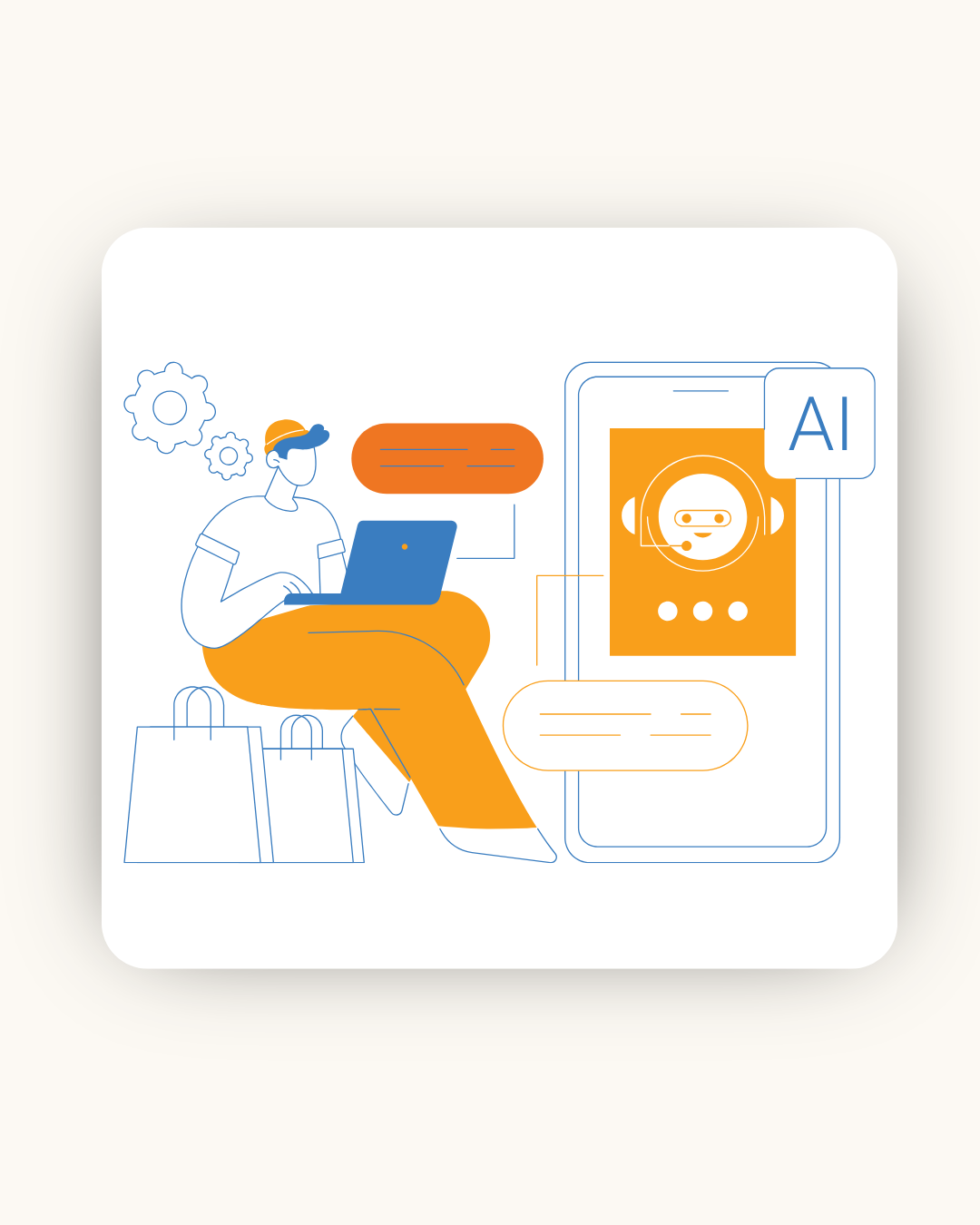
We’re sure you won’t be surprised by personalized recommendations as an AI in eCommerce example. These clever recommendation engines use algorithms to comb through heaps of data, analyzing purchase history and shopping habits. By learning from this information, retailers can automatically suggest products that fit each individual consumer.
This approach is a smart move for e-commerce businesses, as it stirs up interest by anticipating what a user might like and boosts upselling and cross-selling opportunities. Plus, it aids product discovery by highlighting items that shoppers might have overlooked.
eBay uses AI to offer tailored advice and recommendations, improving shipping and delivery times, pricing, buyer-seller trust, and more. You can also find this tech in eBay’s image search and automated web page translations.
Back in 2019, the online marketplace reported that, thanks to AI, it detected 40 percent of online credit card fraud with impressive accuracy.
Conclusion
AI is truly transforming the eCommerce landscape, making online shopping smarter and more responsive to consumer needs. From personalized recommendations and chatbots to advanced inventory management and pricing optimization, the impact of AI is felt across various facets of the retail experience. It's not just about keeping up with technology; it's about using these innovations to provide an exceptional shopping experience that meets modern customer expectations.
If you're ready to embrace the future of eCommerce and explore how AI can elevate your business, contact us today! We’re here to help you navigate these exciting changes and take full advantage of the tools available.
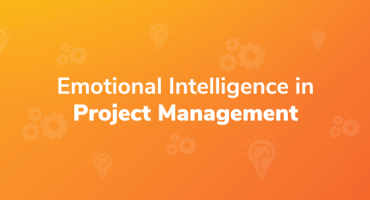
Emotional Intelligence in Project Management
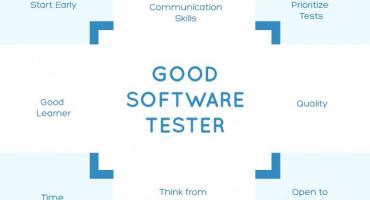
Qualities to Become a Good Software Tester


